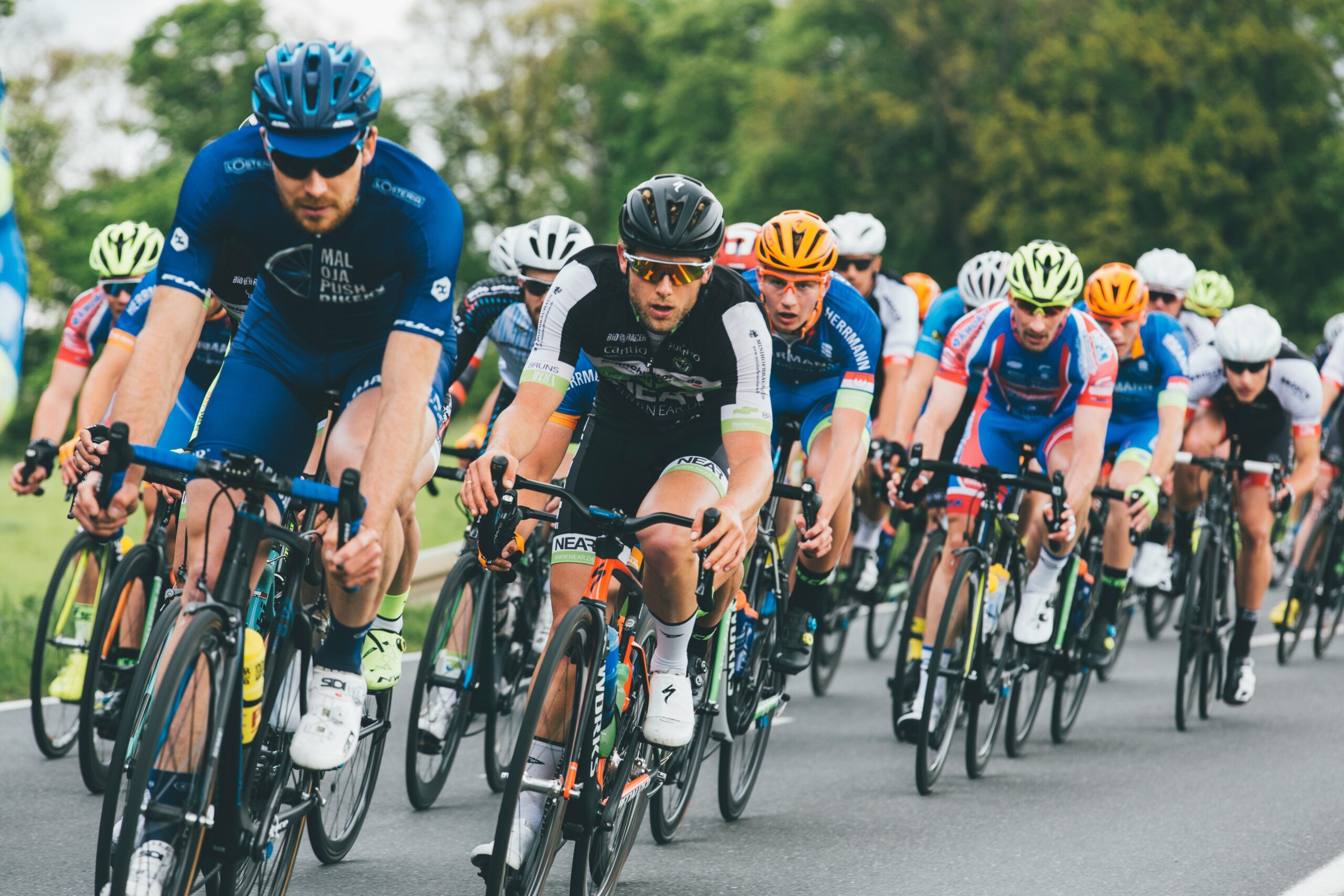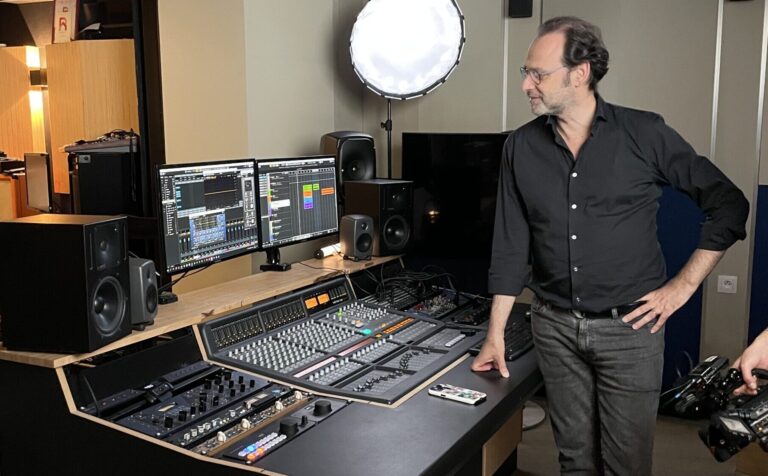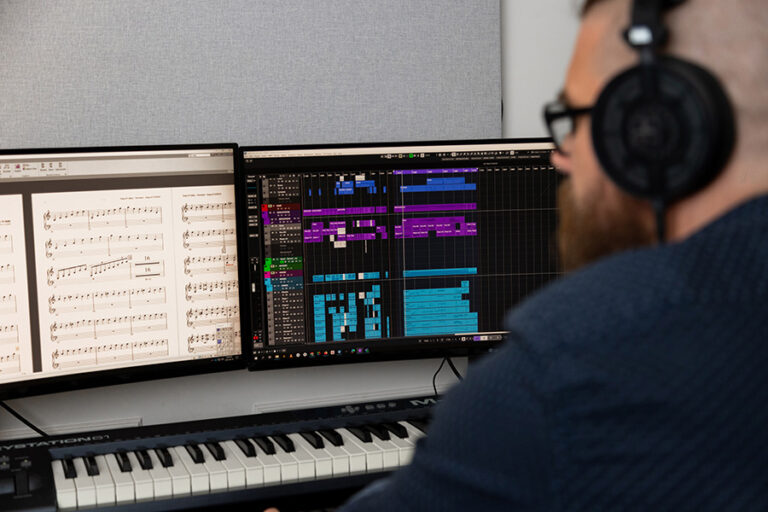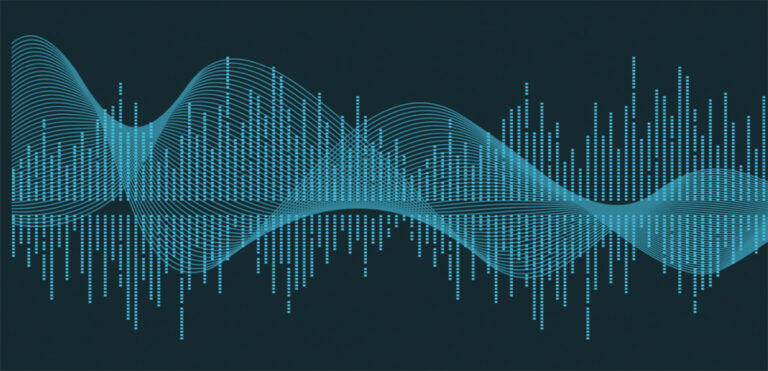An excerpt from Get emotional: The sound artists getting viewers closer to the sporting action
Published by SVG Europe
By Kevin Emmott, featuring Michaël Boumendil
There is a science to the sound of sports, but it does not follow conventional rules.
To explore this area of audio we had a chat with Michaël Boumendil from sonic branding specialist Sixième Son about how audio amplifies emotion, creates stronger memories and banishes passive listening in sport.
When we talk about sports audio we are more often than not talking about the practicalities of it all. How broadcasters are grappling with different formats, how sound mixers are exploring different ways to capture and manage it, what the production latencies are, and how we’re using the cloud to lower costs and implement efficiencies. That sort of thing.
But there is another side to sports audio which operates on a more primal level. It is less about the sounds we hear and more about how those sounds make us feel.
It is about what Boumendil, co-founder and president at audio branding company Sixieme Son, spends much of his time thinking about and refining. Boumendil founded Sixieme Son almost 30 years ago, and today the award-winning company is one of the world’s top sonic branding agencies. It has created audio identities for a broad range of companies, as well as for sports giants like Barcelona FC and the Tour de France, and was responsible for the music at the 2023 Rugby World Cup. In all, the company has worked with more than 450 brands, including creating the audio identity for speaker specialist Genelec.
Different set of rules
“Our aim is to enable brands to become stronger through sound and music,” says Boumendil. “Of course we have a brief about what the brand stands for and what is brand’s vision is, but we have a key conversation about two things. Firstly, what is the brand about; what are its roots and what is its vision? Secondly, what do we want people to experience? It starts with this branding vision, then it takes a creative expertise, then it takes a technical expertise.”
Sixieme Son has broached this challenge with hundreds of brands across the B2B, B2C and retail sectors, but Boumendil says sports can be especially complex because the audio has to resonate with a variety of audiences; primarily for the people in stadiums and people watching on their devices, but also to the media and the athletes on the field.
“We have to amplify their experience too,” he says. “These four targets should be unified by what we present and each target group should be able to find what they need from both a functional and an emotional perspective.”
Audio ecosystems
To achieve this, different audio treatments have to work together coherently. You have to think not in terms of music, Boumendil says, but in terms of systems, where the audio can enhance unique elements in different ways. And in live sports there is always a unique element; that’s kind of the point of it. Sport is unscripted, and every moment is unique and unexpected.
“It’s never just another game, just another World Cup,” says Boumendil. “The magical thing about sport is that nothing is repeated and one game is never the same as another, and so viewers will never experience the same emotions. I don’t care about creating a beautiful melody that people will like, but I do care about creating music that will help people engage with the action and be present in those moments.
“A tennis match can last for three hours and a match should be full of magical moments. When the French Open came to us in 2013 we made a competitive analysis of around 20 tennis matches and we can show where the magic happens. The year before we stepped in, people clapped for about 20 seconds after the match ball. Nothing was encouraging the crowd to take an active role in the moment.
“The first year with our branding, they clapped for eight minutes. We composed music to be played when the game finished, which amplified and extended that moment. The music played, the tempo matched the clapping and people in the crowd didn’t feel that they had attended a magical moment, but that they were part of it.
“It illustrates how sound is not only for communication, but part of an ecosystem that encourages people be more active and more in the moment. Some applications of our job can be one second long, like a notification, but for the Rugby World Cup we had a 25 minute treatment playing as people left the stadium which went beyond music because it was not about listening. It was about enhancing an already immersive experience where people were coming together, amplifying the emotion of that moment and helping people build stronger memories. It enhanced the moment when people were leaving; you have the memory of it, but also the perception that you are in this unique place for this unique moment.”
Passive versus active
Creating memories is all well and good, but what if you don’t have any memories of an event? What if you’re not in the moment at all? Ensuring people are in the moment isn’t always about amplifying it, but reminding people that there is actually a moment to experience.
And in a world full of distractions (such as bright lights, ads, phone calls, screens, cars, posters, and fluffy kittens on Instagram), audio is a tool which regularly draws viewers back in.
Boumendil comments: “When composers are producing music, they know people will listen carefully, but we exist in a world where people are not listening to what we do. People often employ passive hearing and active listening, and the range between the two is huge. How do we help them and how do we help our clients get more attention, get more engagement? Because even when people are watching something, they’re often not really engaged, and the only thing that takes their attention back to the screen is sound. It is about breaking through the noise.”
Sports broadcasters have long been aware of this. A well-known example is when UK sound supervisors, Ian Rosam and Robert Edwards, introduced the replay “whoosh” sound FX to Sky Sports’ football coverage in the mid 2000’s. The effect was the same; it interrupted the viewer and forced them to engage in more active listening. Or at least put down their pint and look at the television.
Sound is everywhere
Whether it’s amplifying the experience or reminding you there is one, audio branding is making a difference. It is something that Genelec brand communications manager Mari Primetta understands all too well. Primetta was Genelec’s main point of contact for Sixieme Son when the company created its sonic ID a few years ago.
“Sound is an essential and natural part of our brand,” she says. “We thought about everything very carefully, starting from the company’s identity, values, and strategy. What we are, what we want to communicate with our sonic ID and what kind of sound experience we want to take the listener to, what emotions it evokes and what kind of story it tells about our brand.”
This is something that more companies – and sports brands – are picking up on. “We have been working in the sports world for many years and last year we are celebrated 10 years of working with the Roland Garros French Open,” says Boumendil. “Competition is fierce, and brands understand that they need to make a difference, and if you look at the different touchpoints where brands have a relationship with their customers, sound is everywhere.
“Brands are realising that if you don’t have a strong and ownable music strategy, then you’re going to be weaker in your capacity to stand out and create familiarity with your audience. We always think in terms of equity, and we believe that when you make a brand stronger it’s also a business asset that we’re building.”




